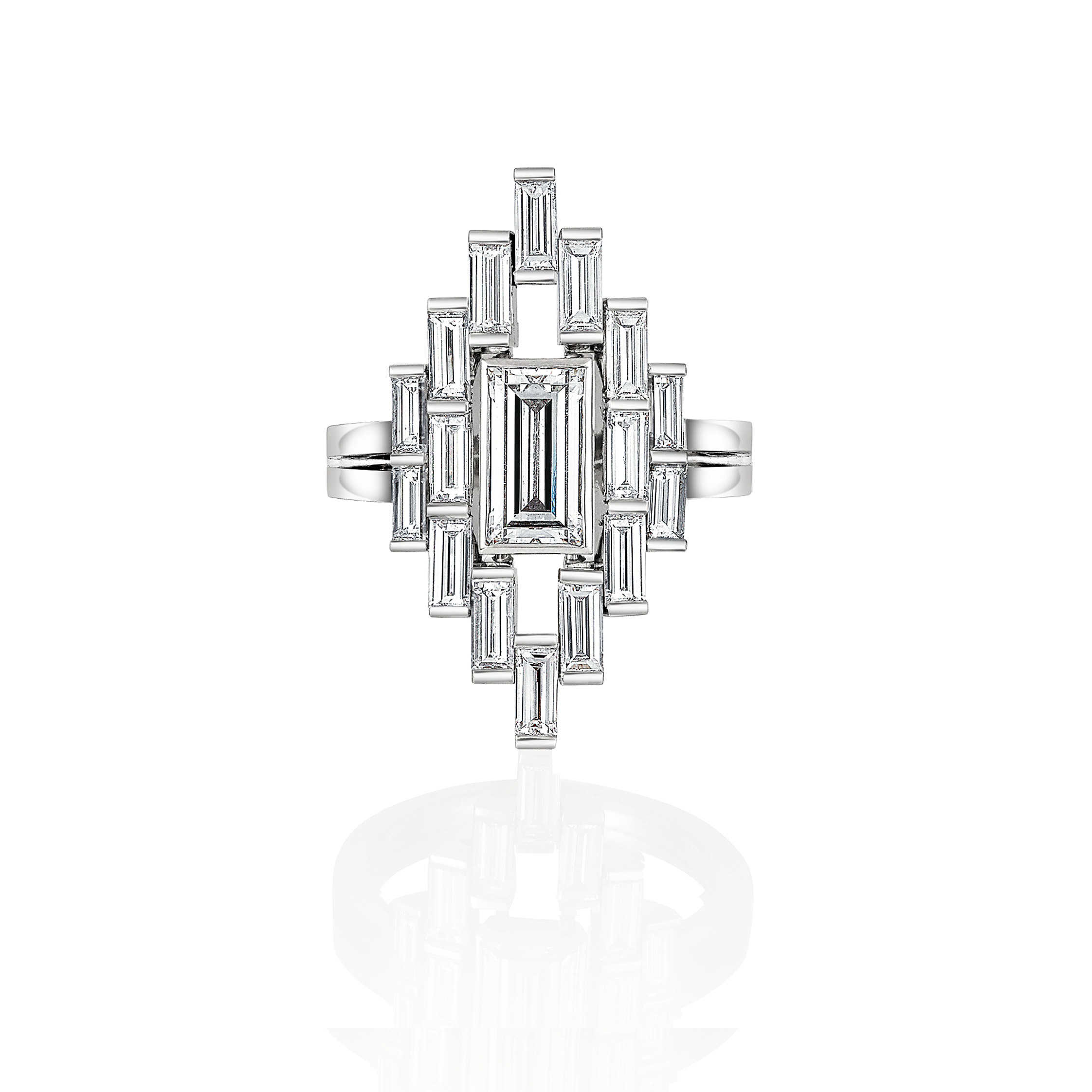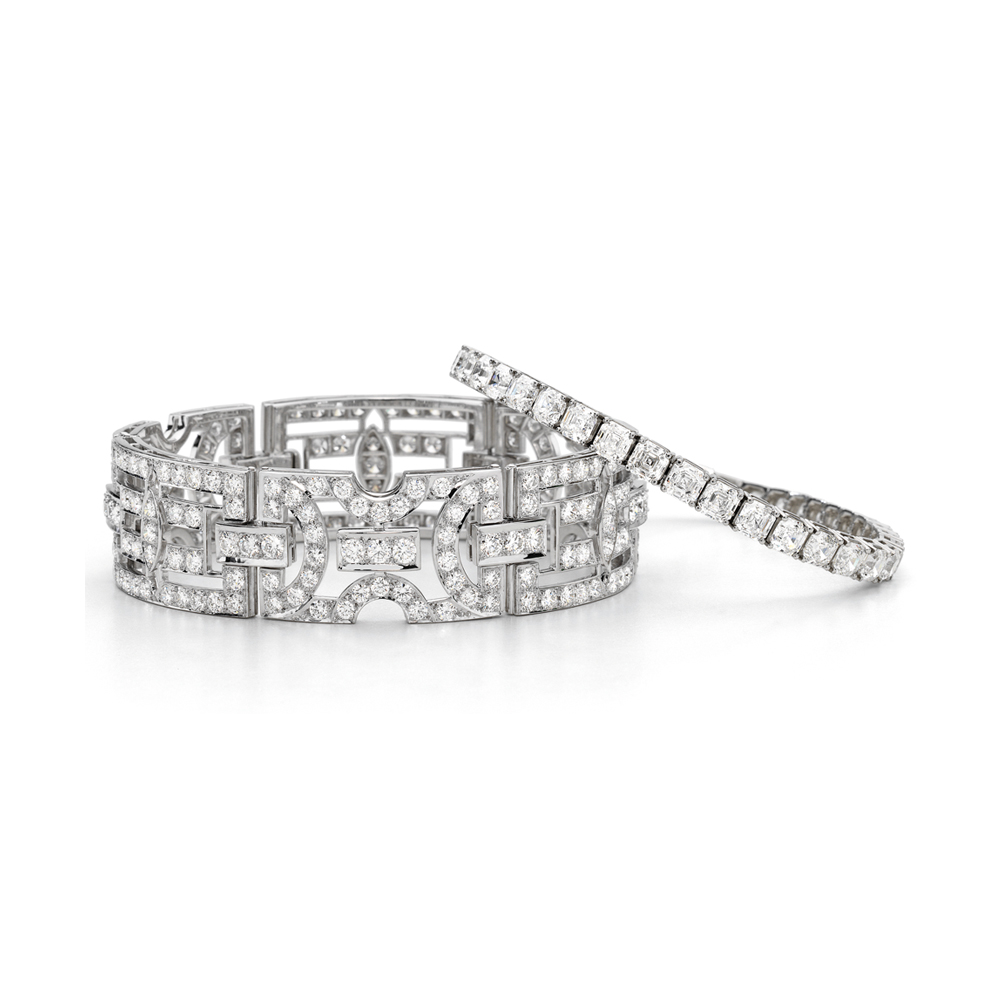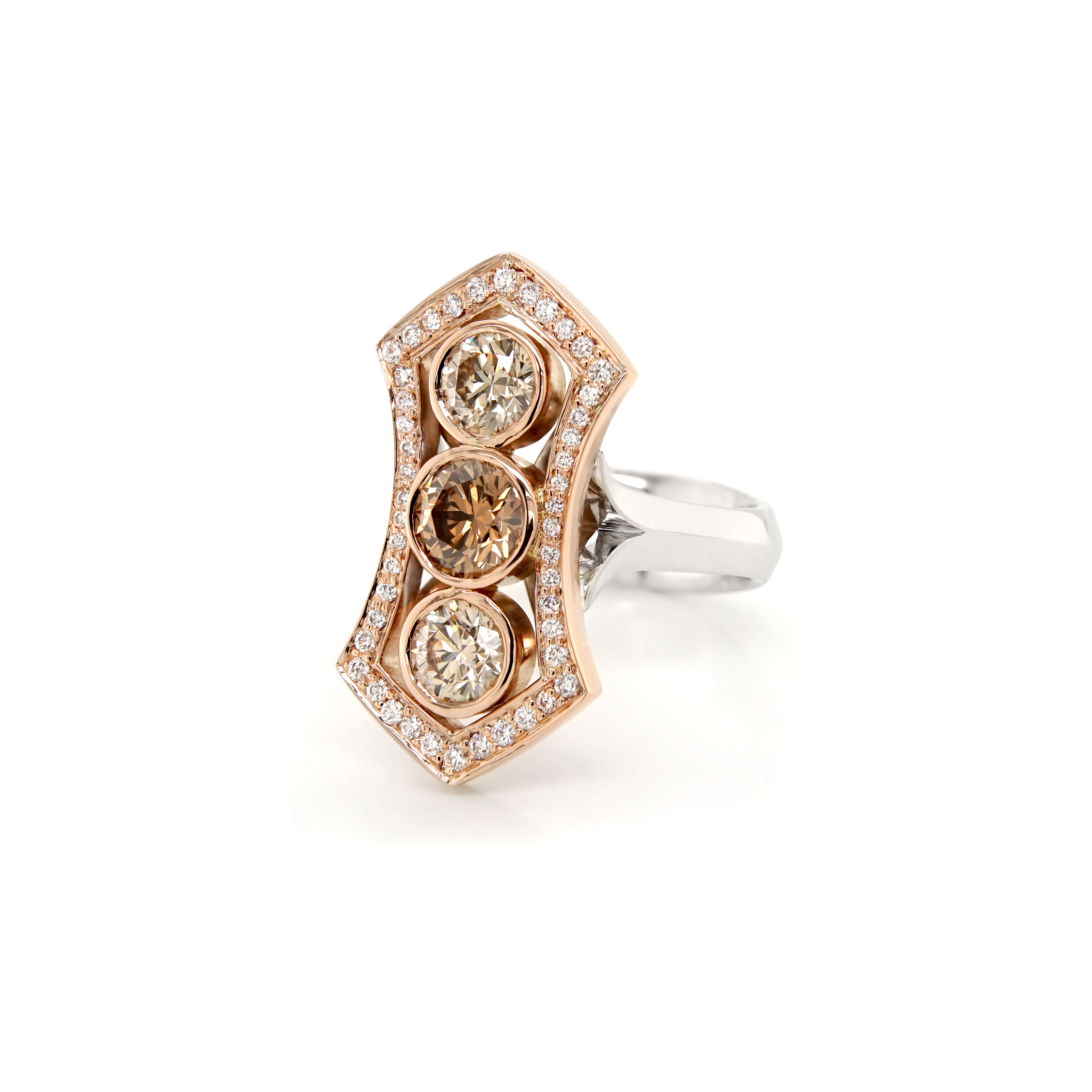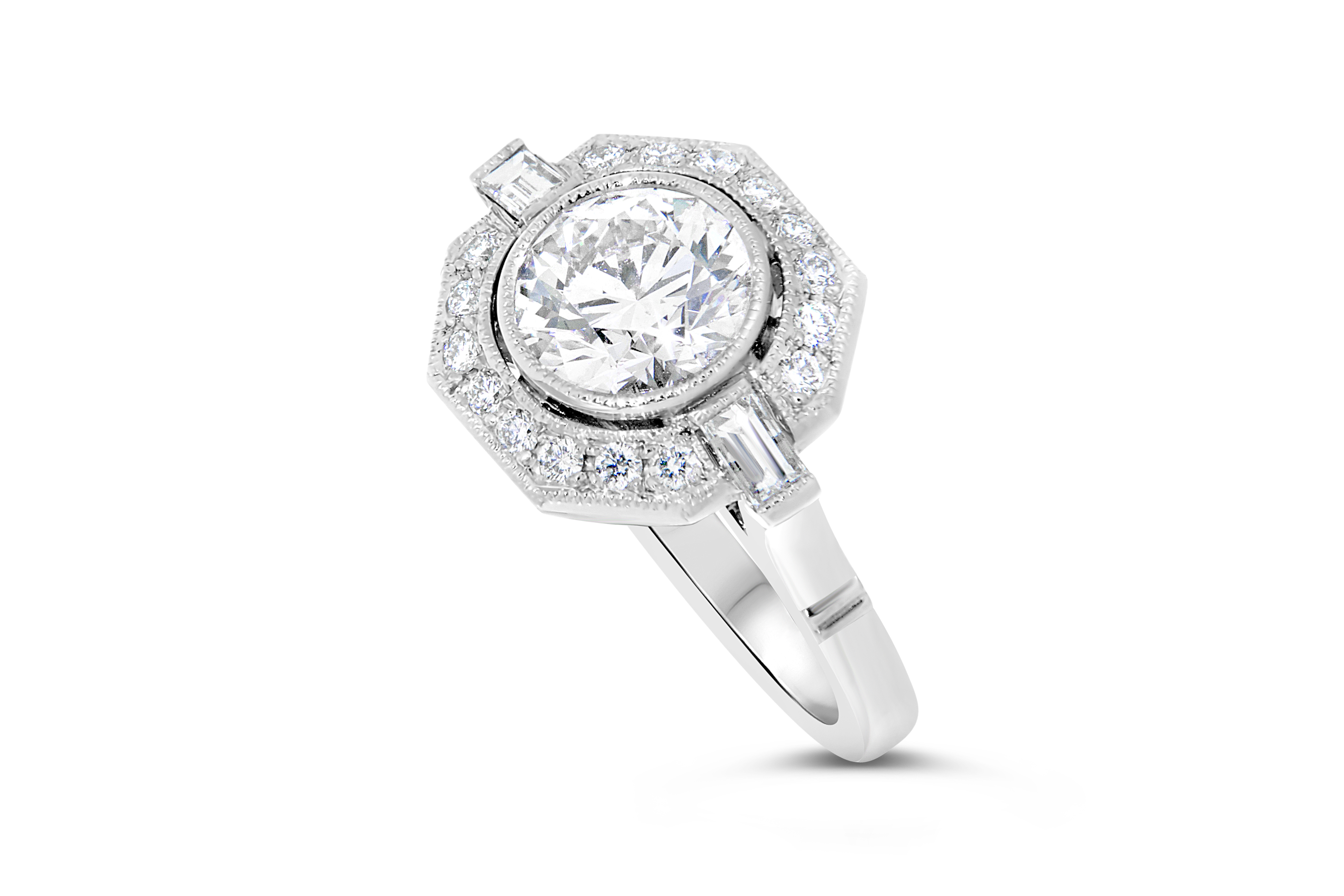- Diamonds are nearly as old as the world and form deep in the earth’s core over billions of years. Only a small percentage of diamonds survive the journey from the depths of the earth to the surface of the planet, where they can be mined. No two diamonds are alike, and each has its own set of characteristics such as internal inclusions and hue.
- Diamonds are formed around 100 miles below and brought to the surface by deep volcanic explosions.
- Diamonds are nearly 100 percent carbon and are made up of only one element. The carbon atoms link in a unique way under intense heat and pressure far below the earth’s surface, resulting in diamonds’ magnificent and uncommon crystalline structure.
- Diamonds have been prized and treasured by royalty and mythological entities for thousands of years. Diamonds were harvested and traded in India as early as the fourth century BC, according to historical records. “Diamond is the most valuable, not just of precious stones, but of all things in this world,” declared Roman naturalist Pliny in the first century AD.
- Many ancient tribes thought that wearing diamonds gave the wearer power and courage in battle, and some monarchs rode into battle with diamonds on their armour.
- Diamonds were supposed to have medicinal properties throughout the Middle Ages, curing everything from weariness to mental sickness.
- The primary sources of diamonds have shifted over time. Beginning in the 1400s, when Indian diamonds began to be marketed in Venice and other European trade cities, India was the world’s original supplier of diamonds. Then, in the 1700s, India’s diamond supplies began to dwindle, and Brazil became the world’s leading diamond producer, until a massive diamond resource was discovered in South Africa in the late 1800s. Diamonds are now mined in various places of the globe.
- The Cullinan diamond, which weighed in at 3106 carats (1.33 pounds), was the biggest diamond ever unearthed. The diamond was discovered in South Africa in 1905 and given to King Edward by the mine owner and South African dignitaries. The Cullinan was finally cut into nine huge diamonds and 100 smaller ones, with the three largest on display as part of the crown jewels in the Tower of London.
- Scientists have identified a planet that is one-third pure diamond and believed to be largely carbon. The planet “55 Cancri e” was discovered in 2004 and circles a neighbouring star in the Milky Way (which, in our opinion, is not a sufficiently glamorous name for such an extraordinary planet). Even more incredible, scientists have discovered a star that is essentially a 10 billion trillion-carat diamond. After the Beatles’ song “Lucy in the Sky with Diamonds,” they christened the star Lucy.
Diamond history facts
History of diamonds as jewellery
Diamonds have a long history of being desired objects. “A diamond is the most valuable, not ju
Diamond history timeline
Diamonds were first discovered in and around Indian rivers. Diamonds were a valuable commodity. Diam
How much do diamonds cost?
Diamond Carat Weight Price (Per Carat, Round Brilliant Cut) Total Price 0.50 carat $1,220 – $5,800










